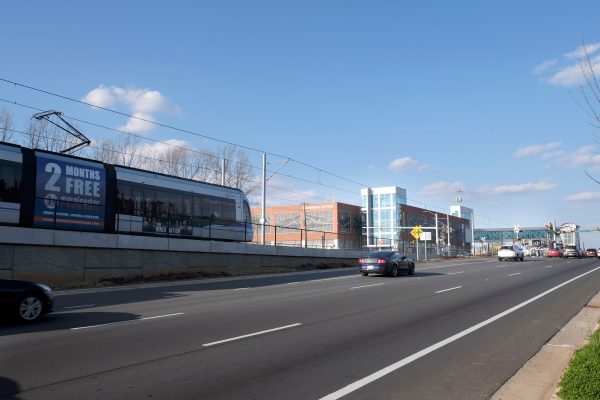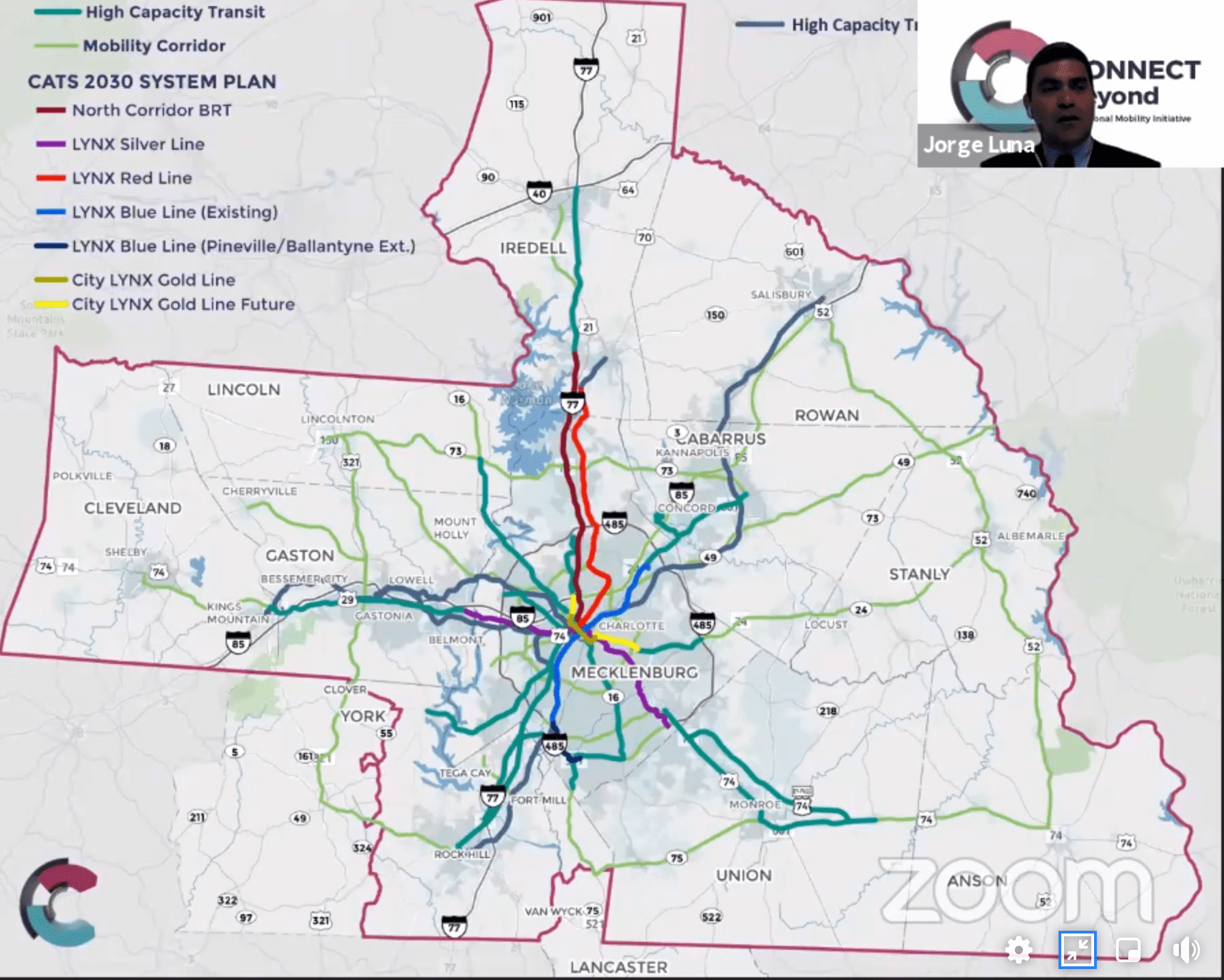A regional transit plan takes shape, but questions remain

Charlotte-area leaders released their preliminary recommendations Thursday for how to build the region’s first unified transit system, but they’ll keep wrestling with what could be the thorniest issue: How to pay for it.
The Connect Beyond initiative, a joint project between the Charlotte Area Transit System and the Centralina Regional Council, is recommending a comprehensive, interconnected regional bus network as the foundation for a transit system. That would be augmented by strategic “mobility corridors,” with more expensive rail options or bus rapid transit.
The group plans to refine their recommendations and release a final plan in September. The recommendations have been in development for over a year, but trace their roots to regional planning conversations that have been underway in various forms since the 1990s.
“We’ve been at this for a long time,” said Geraldine Gardner, executive director of the Centralina Regional Council, at a virtual meeting Thursday. “We do not want this plan to sit on a shelf.”
She said the plan will increase the region’s economic competitiveness while helping deal with the problems that come with growth, especially traffic congestion, as the population grows by 1.5 million people over the next few decades.

A map showing proposed high-capacity transit corridors. Connect Beyond planning initiative.
Gardner acknowledged that funding — which isn’t detailed in the draft recommendations — will be “absolutely critical” to actually creating a regional transit network.
“Moving our momentum forward also entails how we’re going to pay for these recommendations,” said Gardner.
The Connect Beyond plan is one of two critical transit proposals in the works right now. CATS is also refining its plans for a new transit network, which would include the east-west Silver Line light rail, the long-stalled Red Line commuter rail and an improved bus system. That plan would be funded primarily by a 1-cent sales tax in Mecklenburg County (which would require both approval from the state legislature to get on the 2022 ballot and a majority of voters saying yes).
CATS’ plan would include running the Silver Line into Gaston and Union counties, a first for the region. But that rail line won’t be built for nearly two decades, and would serve just a fraction of the 12-county region around Charlotte that Connect Beyond is studying.
Though it’s gotten less attention than Charlotte’s rail and transit plans, Connect Beyond’s vision could come to fruition sooner. To get more comprehensive service and get it faster, the Connect Beyond draft plan recommends:
- Modifying land-use policies across the region to create “mobility-friendly” places that encourage and support transit-oriented development.
- Adding more options across the region such as scooters, carpool programs, new on-demand services and a regional network of “mobility hubs” to facilitate transfers between different routes and modes of transportation.
- Establishing a new, region-wide fare structure and combined collection system so people can switch easily between different regional systems. There are 17 different transit systems in the region, but only a half-dozen that offer fixed-route, scheduled bus service. Coordinating those fare systems so people can easily transfer is key.
- Strengthening urban-rural transit connections, with shared scheduling software and streamlined routes to make it easier for people to move across the region. Planners have pointed to hypothetical medical trips, like a patient going from Salisbury to an oncologist in Huntersville. That round trip would take eight hours round trip, with 12 different routes and a half-dozen transfers, using the current bus system.
There are still plenty of unknowns. Besides how to pay for a regional system of buses and high-capacity transit corridors, another key question is who would be in charge. Spanning 12 counties and two states, governance is sure to be a crucial issue. Gardner said the Connect Beyond group is examining options including a fully combined, regional transit authority to run the system.
The next steps include gathering feedback and presenting a final plan on Sept. 29.
“If people and products in an area have difficulty moving in and out of our area,” said David Swenson, executive director of York County Economic Development, “that can be a major risk.”